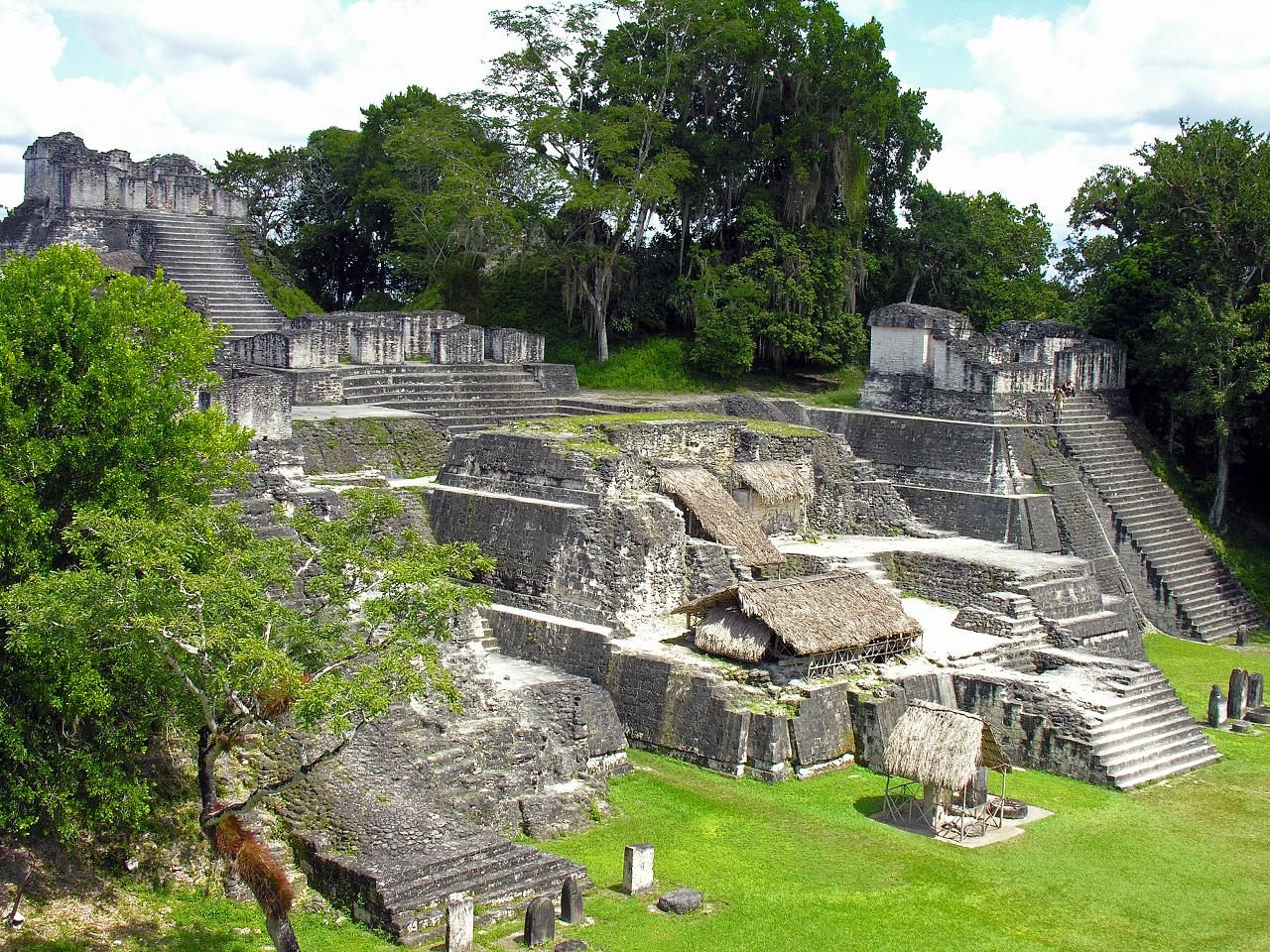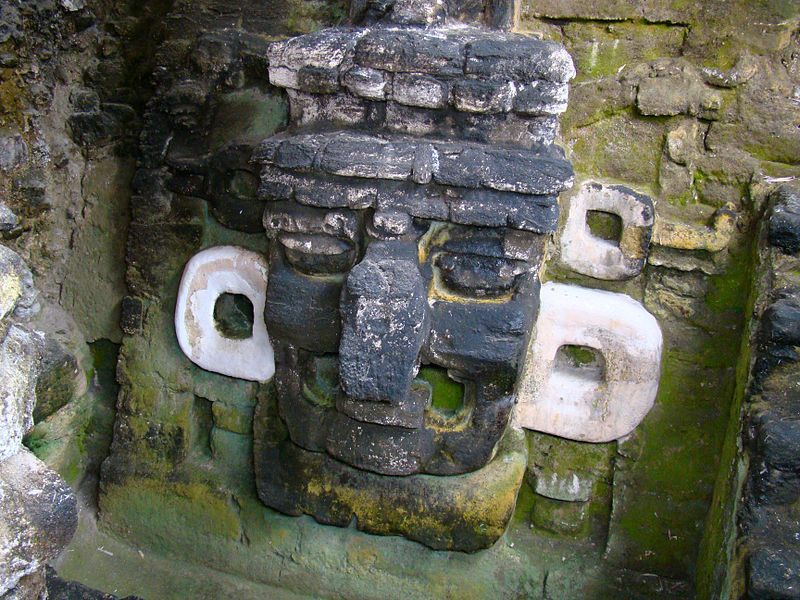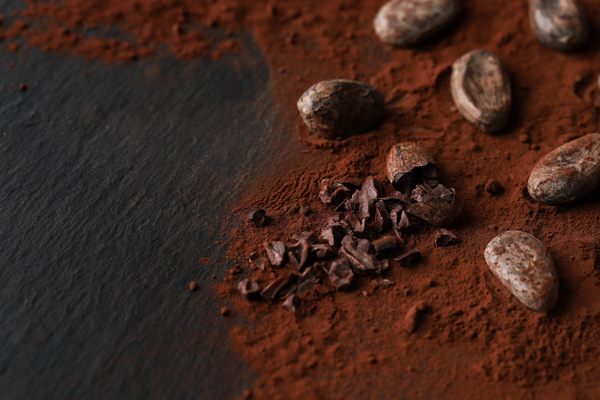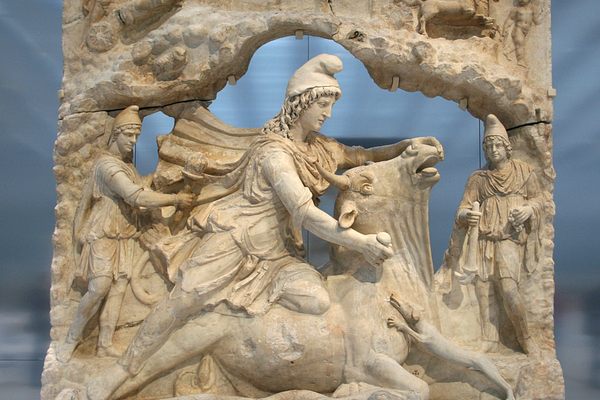Archaeologists Dismantled a Maya Pyramid in Guatemala and Never Put It Back Together
They tore it down in the 1960s to solve the puzzle below.

When buildings are knocked down, people often don’t let them go without a fight. This week, we’re remembering some particularly contentious demolitions. Previously: a Hollywood funeral for a restaurant named for a hat, a German church knocked down in the name of coal, and a towering pagoda that was eventually rebuilt.
The city flourished deep in the forest. In the ancient complex of Tikal, in northern Guatemala, the tops of the limestone temples poked out above the thick canopy, where toucans croak and howler monkeys scramble.
Modern-day visitors will see that some restored temples still rise up above the branches of mahoganies and cedars—but at least one has been reduced to its squat foundation. Researchers dubbed it Structure 5D-33, and suspected that its pyramid went up during the sixth or seventh century. On the stony surface where its sides used to reach skyward, there are now little blankets of grass, like patchy area rugs.
Its squashed dimensions aren’t simply the product of one millennium turning into another. Archaeologists deliberately dismantled the structure decades ago—and rattled the field in the process.
In the mid-1960s, American archaeologists were wrapping up an extensive excavation of the site. Over more than a decade, wrote William R. Coe, the project director and a curator at the University of Pennsylvania Museum, the crew had studied nearly 350 structures, and compiled “millions of facts and hundreds of thousands of objects” along the way. The haul was so vast that storage facilities “bulged” with figurines, pendants, and vessels, Coe wrote. By the time the crew packed out, leaving their vehicles rusting in the green tangles, they had shot tens of thousands of photographs and filled “stacks” of journals and “bales and rolls” of paper with architectural drawings and field notes.
They also left Structure 5D-33, in the North Acropolis, looking much different than they found it. For many archaeologists, the ground surrounding a site holds many clues to mine. But at the Maya site, some of the most beguiling clues were deeper below the surface, Coe wrote: The former residents habitually stripped structures and built overtop them, or else nested them within new ones. The past was locked away in a vertical puzzle, Coe suggested, and piecing it together would require some digging to get to the earlier structures in the same footprint. “This large Late Classic temple, if carefully taken down, could give us not only the evidence of how everything beneath it went together, but how the Maya, step by step, built on a grand vertical scale during Late Classic times,” Coe wrote. The hope was that they could reverse engineer the building by taking it apart.

The structure had once been “magnificent,” Coe reported, comprised of five stacked terraces and a two-room structure on top, soaring nearly 110 feet in all. The Guatemalan Instituto de Antropología e Historia, a cultural heritage body, signed off on the archaeologists’ plan, Coe said, and the pyramid came down.
As work progressed, the crew discovered the layers that they had expected to find; the earliest version, it turned out, had been a funeral monument for Siyaj Chan K’awiil II, a fifth-century king. They also found striking, monumental masks. But as the excavators worked, they also ruffled some other researchers’ feathers.
Writing in American Antiquity, Heinrich Berlin, a German Mayanist, complained that his enthusiasm for the project “suddenly drop[ped] below freezing” when he learned that the temple had been intentionally dismantled. He railed against the “willful destruction” of the structure, and asked “whether it would not have been better if this project had never been carried out at all.” The archaeologists had overstepped their bounds, he argued, suggesting that curiosity doesn’t give anyone free license to dig until they satisfy their appetite. “The fact that an archaeologist does not understand something does by no means—generally speaking—entitle him to destroy this something in the hope that by doing so he will understand it,” Berlin wrote. “Pyramids are no guinea pigs which the archaeologist can produce at will.”
The project team swatted back, arguing that revealing the hidden structures beneath the slumping ruins was worth the trade-off. For one thing, it illuminated construction techniques, indicating that masons built the pyramid up in stages, scrambling up higher and higher on rough sets of stairs. The process also exposed interesting things below, and allowed them to skip the process of digging tunnels, which required no small amount of upkeep and are also, inconveniently, “plagued by bats.” Plus, they needed some debris to fill in a nearby trench “without exceedingly expensive hauling from a distant and low-lying dump.”
The spat didn’t resurrect the pyramid. By the time Berlin got huffy, it was already gone, and still is. But the tussle did revive sticky, still-pressing questions about how present-day researchers ought to cover their tracks, and when and where modern visitors should tread lightly or not at all.















Follow us on Twitter to get the latest on the world's hidden wonders.
Like us on Facebook to get the latest on the world's hidden wonders.
Follow us on Twitter Like us on Facebook